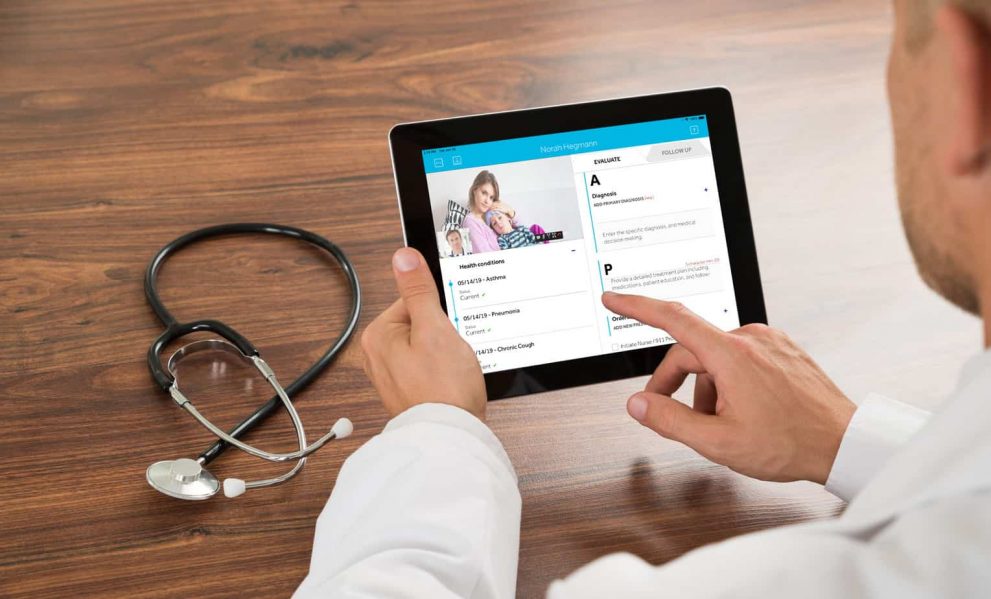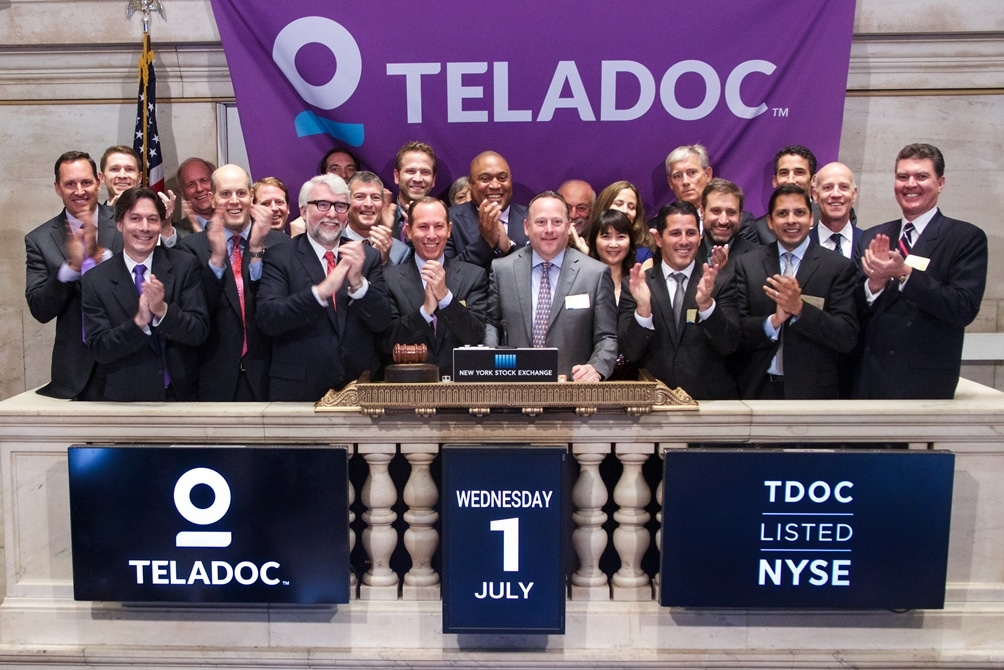
We’ve all had a nice break from sitting around in doctors’ offices, thanks to companies like Teladoc Health (Teladoc Health Stock Quote, Charts, News, Analysts, Financials NYSE:TDOC) who have brought many patient visits online and over the phone for a good chunk of the pandemic. But investors may have to do a little more waiting on TDOC itself, according to Bruce Murray of the Murray Wealth Group, who says the stock and company should go in the ‘show me’ category of businesses who need a bit more growing up to do.
“Any of us in Canada have dealt with a doctor over the phone probably more than going in to see them over the last year and a half, and Teladoc is a leader in US healthcare,” said Murray, speaking on BNN Bloomberg on Monday.
“We actually did look at them. They merged with [Livongo], another online healthcare company in the US, and their stock has pulled back. I think it’s a company for the future, but we had just had a little bit of difficulty, as they’re still losing money and they’re still a little immature in the process,” Murray said.
“So, given that we like to buy companies where we can see a profit in them, we would hold off on buying until the company became more mature,” he said.
Along with a number of pandemic-friendly stocks, Teladoc has had a rough go of it this year and is now down 29 per cent year-to-date. That’s after a 2020 which saw the stock return 139 per cent in a year where COVID-19 temporarily closed doctor’s offices around the globe and sent more of their business into the telemedicine realm of either phone or video consultations with patients, Teladoc’s bread and butter.
Founded way back in 2002, Teladoc Health grew over its first decade from a Texas-based remote physician service to a pan-America company with some major corporate clients and over eight million patients being served by the early 2010s. The company’s emergence as a true force come in 2015 when it first acquired remote counselling and therapy company BetterHelp and then went public as the first telemedicine company on the New York Stock Exchange with a market cap of about $760 million.
From there, Teladoc picked up speed as it acquired companies along the way to expand its operations into other aspects of the healthcare spectrum. Major purchases included Best Doctors in 2017 for $440 million, Advance Medical in 2018 for $352 million and then in 2020 Teladoc made news with an $18.5 billion merger with Livongo Health.
Teladoc said adding Livongo, which delivers personalized programs to patients dealing with chronic conditions such as diabetes, high blood pressure and overweight, would create not only the undisputed leader in telemedicine in the US but deliver a boatload of synergies between the two companies’ client bases and allow Teladoc to penetrate the large market in preventative medicine.
“Livongo is a world-class innovator we deeply admire and has demonstrated success improving the lives of people living with chronic conditions,” said Teladoc CEO Jason Gorevic in a August 5, 2020, press release. “Together, we will further transform the healthcare experience from preventive care to the most complex cases, bringing ‘whole person’ health to consumers and greater value to our clients and shareholders as a result.”
But the overhanging question right now is what will happen to telemedicine and by association Teladoc once the pandemic is truly behind us and people start returning to doctors’ offices. At the moment, the consensus seems to be that some of the upsurge in telemedicine usage will continue, as patients and companies have become more used to the medium over the past year and a half. How much, though, is still unknown.
A recent McKinsey report found that the overall boost in telehealth usage that came about in the early days of the pandemic has levelled off from an initial 78x its pre-COVID usage to now about 38x of those pre-COVID numbers. But the report said growth in the sector going forward has been made more likely by a number of factors including customer familiarity with the process and the fact that many regulatory changes put in place to allow greater access and reimbursement under telemedicine.
“During the tragedy of the pandemic, telehealth offered a bridge to care, and now offers a chance to reinvent virtual and hybrid virtual/in-person care models, with a goal of improved healthcare access, outcomes, and affordability,” the McKinsey report said.
For its part, Teladoc’s growth over recent quarters gives investors reason to believe the shift to telemedicine is permanent. The company’s second quarter 2021, delivered in late July, showed year-over-year revenue growth of 109 per cent to $503 million. Over the first six months of the year, TDOC’s revenue grew by 127 per cent to $957 million.
“We have solid momentum heading into the second half as the market embraces the unified care experience that only Teladoc Health has the breadth and scale to achieve,” said Gorevic in a press release.
For the quarter, Teladoc reported patient visits of 3.514 million, up 28 per cent from a year earlier. The company’s net loss was $133.8 million for quarter compared to a loss of $25.7 million a year earlier.
Leave a Reply
You must be logged in to post a comment.






 Share
Share Tweet
Tweet Share
Share




Comment